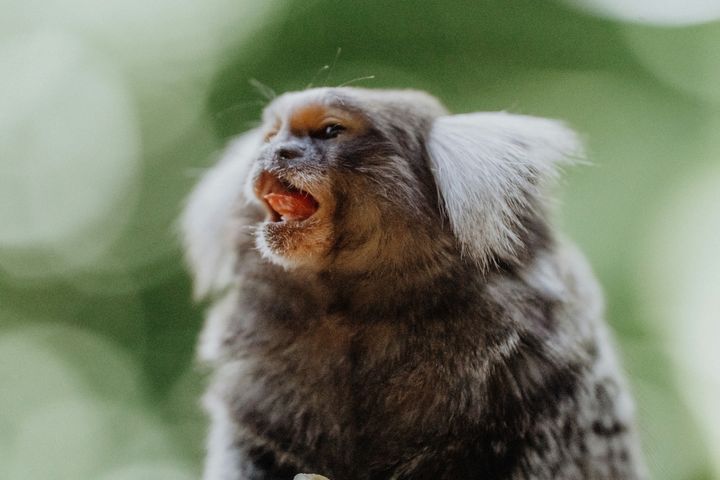
You probably already know that primates and humans are generally very similar and, in fact, humans and chimps share a surprising 98% of DNA.
However, recent research into the primates has revealed that, as well as sharing some of our DNA and mannerisms, marmosets actually do what we’d consider to be a very human behaviour, and it’s essential to their communication.
According to the research, these monkeys actually both name one another, and call each other by those names.
This is something that isn’t actually innately human and is, in fact, a typical behaviour of elephants and dolphins, too. However, according to IFL Science, scientists have long wondered if primates could do it as well.
To uncover this, scientists studied the natural conversations between pairs of marmosets, as well as interactions between monkeys and a computer. From there, they found that the animals have specific vocalisations associated with individuals, in a process known as “vocal labelling”.
The noises that marmosets make when they’re calling each other by name are called “phee-calls”. The exciting discovery from the scientists revealed that not only are marmosets able to address others by their names, but they can respond to their names, too.
A personalised call-and-response that we didn’t even know was possible until now!
Additionally, the monkeys were found to use similar names within their social groups and families, just like us humans do. This even takes place between adult marmosets that aren’t blood relatives, which the scientists said suggests that they could be taught other names and dialects outwith their own circles.
Speaking in a statement, David Omer from the Safra Center for Brain Sciences said: “Marmosets live in small monogamous family groups and take care of their young together, much like humans do
“These similarities suggest that they faced comparable evolutionary social challenges to our early pre-linguistic ancestors, which might have led them to develop similar communicating methods.”
Incredible.